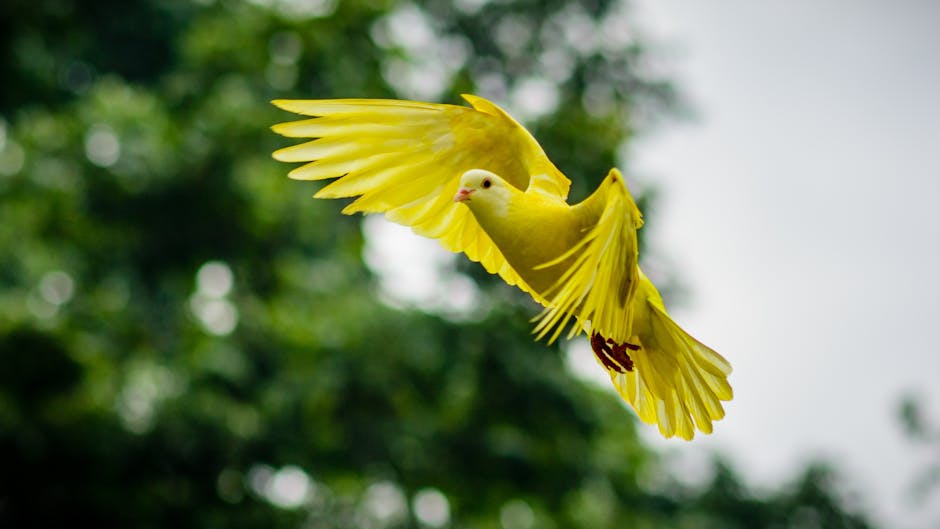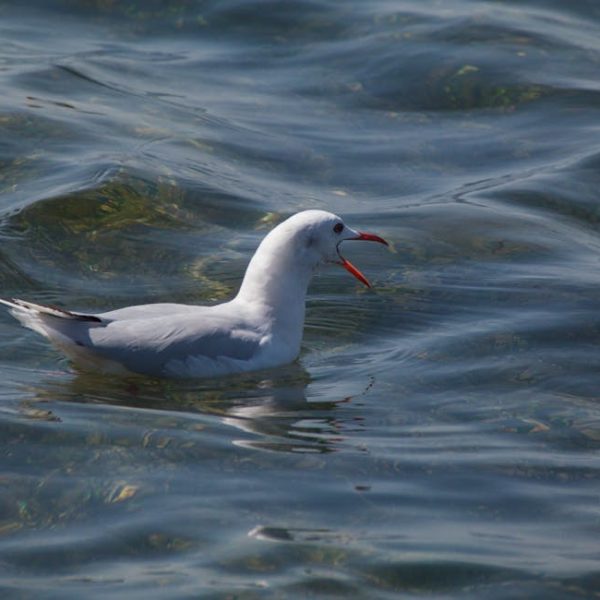As the seasons change and the wintry winds blow, you might find yourself gazing out your window, watching the annual bird migration in progress. However, amidst this biannual exodus, you’ll likely see some feathered friends who aren’t going anywhere: non-migratory birds. While many bird species embarking on epic journeys to more accommodating climates, quite a few choose to stay put, weathering the seasons with remarkable adaptability.
Birds that Stay Put: Understanding Non-Migratory Species
Non-migratory species are birds that have set roots, so to speak. These year-round residents, as opposed to their migratory counterparts, are adapted to live in a particular region throughout the changing seasons. Several reasons influence their decision to stay put. These include factors like the abundance of year-round food resources, reduced competition for habitat, and sometimes, simply evolved adaptations for handling colder seasons.
A few familiar non-migratory birds you’re likely to spot globally include:
- Chickadees, known for their striking black cap and vibrant song.
- Woodpeckers, with their characteristic tap-tap-tapping as they hunt for insects in tree bark.
- Pigeons, city dwellers that have adapted brilliantly to urban habitats.
- Sparrows, a small, robust bird seen hopping around your backyard or local park.
Non-Migratory Birds in North America
In North America, the avian landscape is enriched by several fascinating non-migratory species. The vibrant red Northern Cardinal, the melodious American Goldfinch with its striking yellow summer coat, and the rule-breaking Blue Jay’s that aren’t actually blue, live in this region throughout the year.
Each of these birds carries an arsenal of adaptations that equip them for a year-round residency. The Northern Cardinal, for instance, switches to a diet primarily of seeds and berries during winter when insects are scarce.
Aside from providing a year-long spectacle for bird lovers, these non-migratory birds play crucial roles in the North American ecosystem – from seed dispersal to insect control, they contribute substantially to maintaining the ecological balance.
Finding Non-Migratory Birds: Tips for Birdwatching Enthusiasts
Spotting non-migratory birds can offer a rewarding pastime for birdwatching enthusiasts. Get started by visiting local parks, gardens, woodlands, or even observing your own backyard. Non-migratory birds are everywhere; it’s about knowing where to look.
When it comes to birdwatching gear, starting with a decent pair of binoculars is a good idea. To identify non-migratory birds, look out for unique features like their bird calls, feeding habits, size, and plumage. And while you observe, remember to follow birdwatching etiquette—do not cause any form of disturbance to their natural behaviors or habitats.
Prepare to be captivated by these year-round residents in the bird kingdom, as their endurance and adaptability encapsulate nature’s wonder in surprising ways. In the next section, we’ll explore how to make your backyard a haven for these hardy birds.
Adapting Your Backyard to Attract Non-migratory Birds
Welcoming these year-round residents into your backyard doesn’t require extravagant measures – it only calls for a little bird-friendly landscaping and responsible practices. Here’s how you can turn your backyard into a non-migratory bird paradise:
- Setup Bird Feeders: Birds are always on a quest for food. Different species prefer different types of food, so offering a variety will attract more birds. Chickadees, for example, love sunflower seeds, whereas suet would be a treat for Woodpeckers.
- Provide Water: Every living creature needs water, and birds are no exception. Having a bird bath or small pond in your yard can quench their thirst and offer a place to bathe too.
- Create Safe Nesting Habitats: Ensure your garden has trees or shrubs that provide safe nesting habitats for birds. Birdhouses are another great option.
Promoting backyard birding not only provides a delightful spectacle, it also contributes to bird conservation. Observing birds and noting their behaviors help collect valuable demographic and behavioral data, boosting ornithological studies.
The Role of Non-Migratory Birds in Ecosystems
Non-migratory birds offer substantial contributions to their ecosystems. Some birds are efficient pollinators; others help in seed dispersal, which aids in plant propagation. Moreover, birds like Woodpeckers contribute to pest control, maintaining a balanced ecosystem.
Despite their remarkable adaptability, non-migrating birds face threats imposed by human activities and climate change. Habitat loss is one main concern. As forests disappear, species lose their home and struggle to survive.
The good news is, there’s plenty you can do. As part of the community, you can act in ways that contribute to the conservation of these year-round residents:
- Create bird-friendly habitats in your backyard: As we’ve discussed, this, in turn, contributes to their conservation significantly.
- Support local environmental NGOs: They work towards habitat conservation and conduct research to protect bird populations.
- Participate in citizen science projects: Share your backyard bird observations to help scientists monitor bird populations and trends.
Non-migratory birds, with their enduring spirit and enchanting presence, enrich our surroundings and contribute significantly to nature’s balance. Getting to know them better not only brings joy but can also foster an understanding and appreciation for the natural world, inspiring us to create a healthier, bird-friendlier world.
Key Takeaway:
- Non-migratory birds, such as Chickadees, Woodpeckers, Sparrows, and Pigeons, have adapted brilliantly to living in the same region year-round, thanks to factors like availability of food, changing seasons, and competition for resources.
- Birds like the Northern Cardinal, American Goldfinch, and Blue Jay are excellent examples of non-migratory species found in North America; their unique adaptations allow them to thrive in their respective habitats.
- Non-migratory birds play crucial roles in ecosystems, such as food chains, pollination, seed dispersal, and pest control, and contribute to the health and diversity of these systems.
- Birdwatching is a rewarding activity that allows observers to learn more about these fascinating creatures. Essential gear includes binoculars and a good understanding of birdwatching etiquette.
- Backyard adaptation with bird feeders, water sources, and safe nesting habitats can help attract non-migratory birds. This not only provides great bird-watching opportunities but also aids in their monitoring and conservation.
- As with all wildlife, non-migratory birds face threats from human activities and climate change, which emphasizes the need for their conservation.
Creating a bird-friendly backyard will benefit both you and the non-migratory birds that live in your area. These year-round residents are not mere spectacles; they have essential roles to play in their respective ecosystems. Appreciating and understanding them can inspire us to take relevant actions for their conservation, contributing to biodiversity and the overall health of our planet.
FAQs
Q: Besides the birds mentioned in the article, what are some other examples of non-migratory birds?
A: The list of non-migratory birds is quite extensive, covering a range of species including various kinds of Hawks, Owls, Penguins, Parrots, and some types of Ducks and Geese. Remember, the exact species can vary based on the geographical region.
Q: Why is it important to record observations while bird watching?
A: Recording observations during bird watching provides valuable data for scientists studying ornithology. Your observations can help to map bird populations, track changes over time, and even contribute to research on bird behavior.
Q: Can my actions truly make a difference in bird conservation?
A: Absolutely! Every action, big or small, contributes to bird conservation. By making your surroundings bird-friendly, participating in citizen science programs, or supporting relevant NGOs, you’re contributing positively to bird populations and the wider ecosystem.
Q: How does climate change impact non-migratory birds?
A: Climate change significantly affects non-migratory birds. Rising temperatures can alter their habitat, food sources, and breeding patterns. Extreme weather events can also disrupt their habitats, leading to loss of shelter and food.
Q: What can I do to prevent disturbance to birds while birdwatching?
A: The best approach is to adopt good birdwatching etiquette. Keep a safe distance from birds, refrain from disrupting their habitats, avoid feeding them human food, and ensure that your actions don’t negatively impact their natural behaviors.
Please feel free to share this article with others who might be interested, and explore more related posts on our website.












